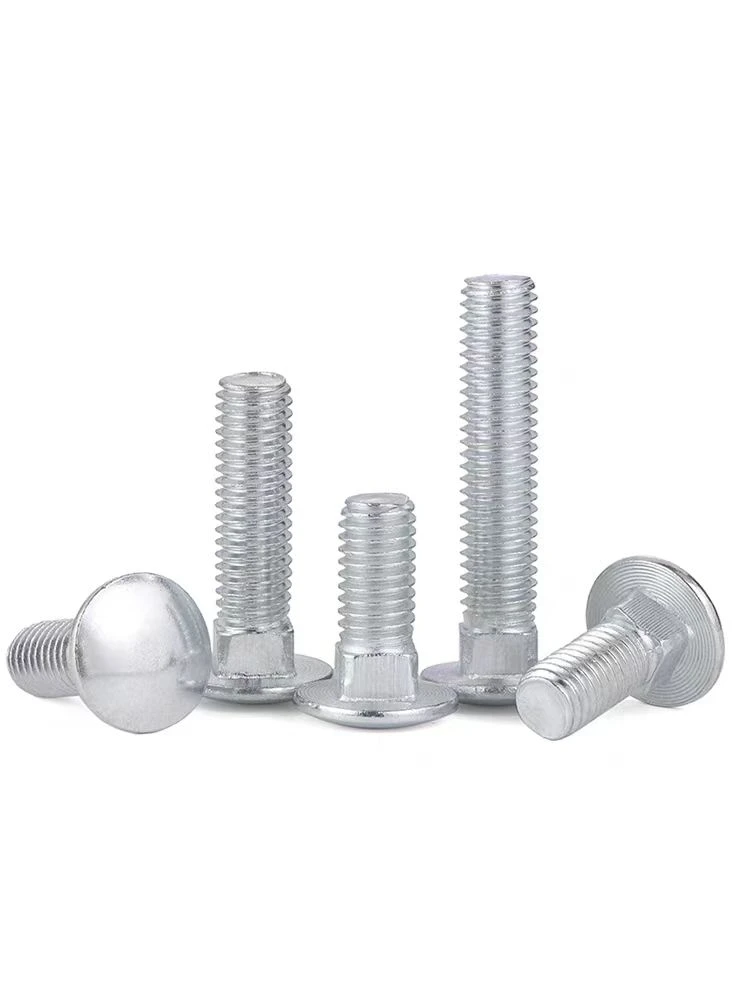

push fasteners
9월 . 14, 2024 15:10 Back to list
push fasteners
The Evolution and Importance of Push Fasteners
In the world of fastening solutions, push fasteners hold a unique position. These innovative components, also known as push-type or snap-fit fasteners, have gained popularity across various industries due to their simplicity, efficiency, and reliability. This article explores the evolution and significance of push fasteners in modern manufacturing and design.
Historically, fasteners were primarily reliant on bolts, screws, and nails, which required tools and significant installation time. As industries began to evolve, particularly in automotive and electronics, the need for quicker, more efficient assembly methods became apparent. Push fasteners emerged as a response to this demand, allowing for a tool-less installation process that streamlined production and reduced labor costs.
Push fasteners work on a simple mechanism—an internal locking mechanism that allows the fastener to securely hold components together without the need for additional tools. They are designed to snap into place, providing a tight fit while also allowing for easy removal and repositioning when necessary. This feature proves particularly beneficial in industries such as automotive manufacturing, where parts frequently require replacement or upgrading.
The materials used in the production of push fasteners are diverse, including plastics, metals, and composites. The choice of material typically depends on the application and the degree of stress the fasteners will face. For instance, in automotive applications, nylon push fasteners are often used for their resistance to heat and chemicals, whereas metal variants might be preferred in heavy-duty machinery for enhanced durability.
push fasteners

One of the standout advantages of push fasteners is their ability to reduce assembly time significantly. Traditional fasteners often require multiple steps—aligning, inserting, and tightening—whereas push fasteners can be installed in a single action. This not only accelerates production but also minimizes the likelihood of errors, leading to higher quality and improved workflow efficiency.
Moreover, push fasteners contribute to lighter overall assembly weight. Reducing weight is crucial in industries such as automotive and aerospace, where every gram counts towards fuel efficiency and performance. By using push fasteners, manufacturers can achieve reliable connections without the added heft of traditional fastening methods.
In terms of design flexibility, push fasteners also offer unique advantages. They come in various shapes, sizes, and configurations, making them suitable for a wide range of applications. Designers can innovate freely, knowing that push fasteners can adapt to their specific needs without sacrificing strength or reliability.
As industries continue to embrace automation and lean manufacturing practices, the importance of push fasteners is expected to grow. They represent a shift towards more efficient production methodologies, catering to the modern demand for speed and precision. The future of push fasteners could even include smart technologies, integrating sensors that monitor the integrity of fastened connections.
In conclusion, push fasteners are more than just a convenient assembly solution. They symbolize a shift in manufacturing practices that prioritize efficiency, adaptability, and innovation. As industries evolve and advance, the role of push fasteners will undoubtedly expand, paving the way for a new era of fastening technology. Their simplicity and effectiveness make them an integral part of modern design and manufacturing, ensuring that they remain vital in the years to come.
Latest news
-
Premium Fasteners Manufacturer | AI-Driven Solutions
NewsAug.01,2025
-
Hot Dip Galvanized Bolts - Hebei Longze | High Strength, Corrosion Resistance
NewsAug.01,2025
-
High-Strength Hot Dip Galvanized Bolts - LongZe | Corrosion Resistance, Custom Sizes
NewsAug.01,2025
-
Best Self Tapping Screws for Drywall - Fast & Secure Installation
NewsJul.31,2025
-
High-Strength Hot Dip Galvanized Bolts-Hebei Longze|Corrosion Resistance&Customization
NewsJul.31,2025
-
Hot Dip Galvanized Bolts-Hebei Longze Metal Products|Corrosion Resistance&High Strength
NewsJul.31,2025

